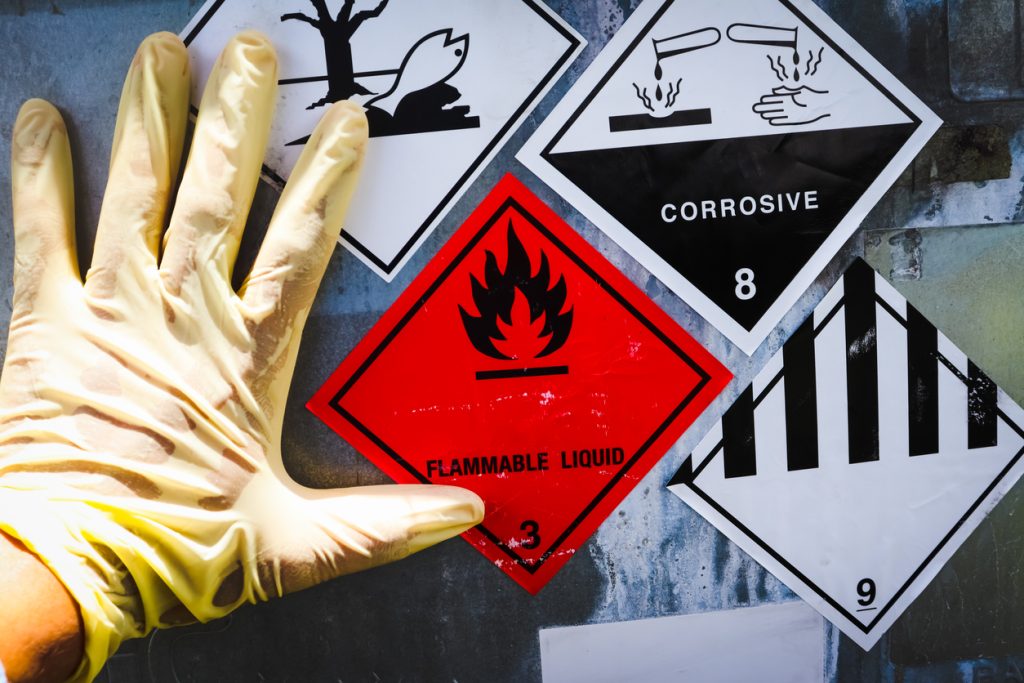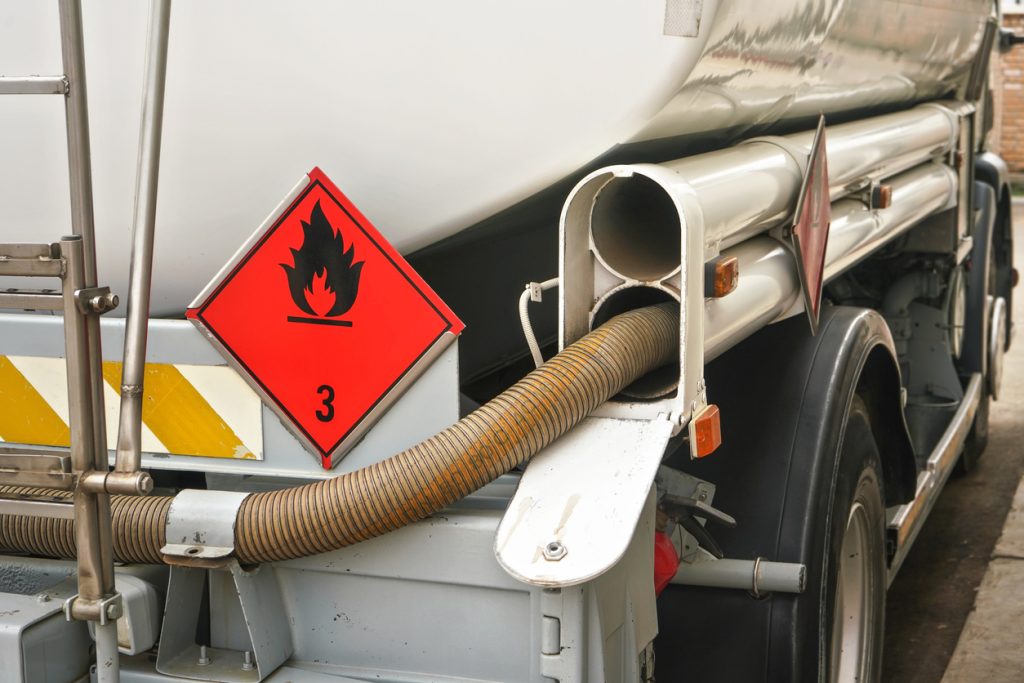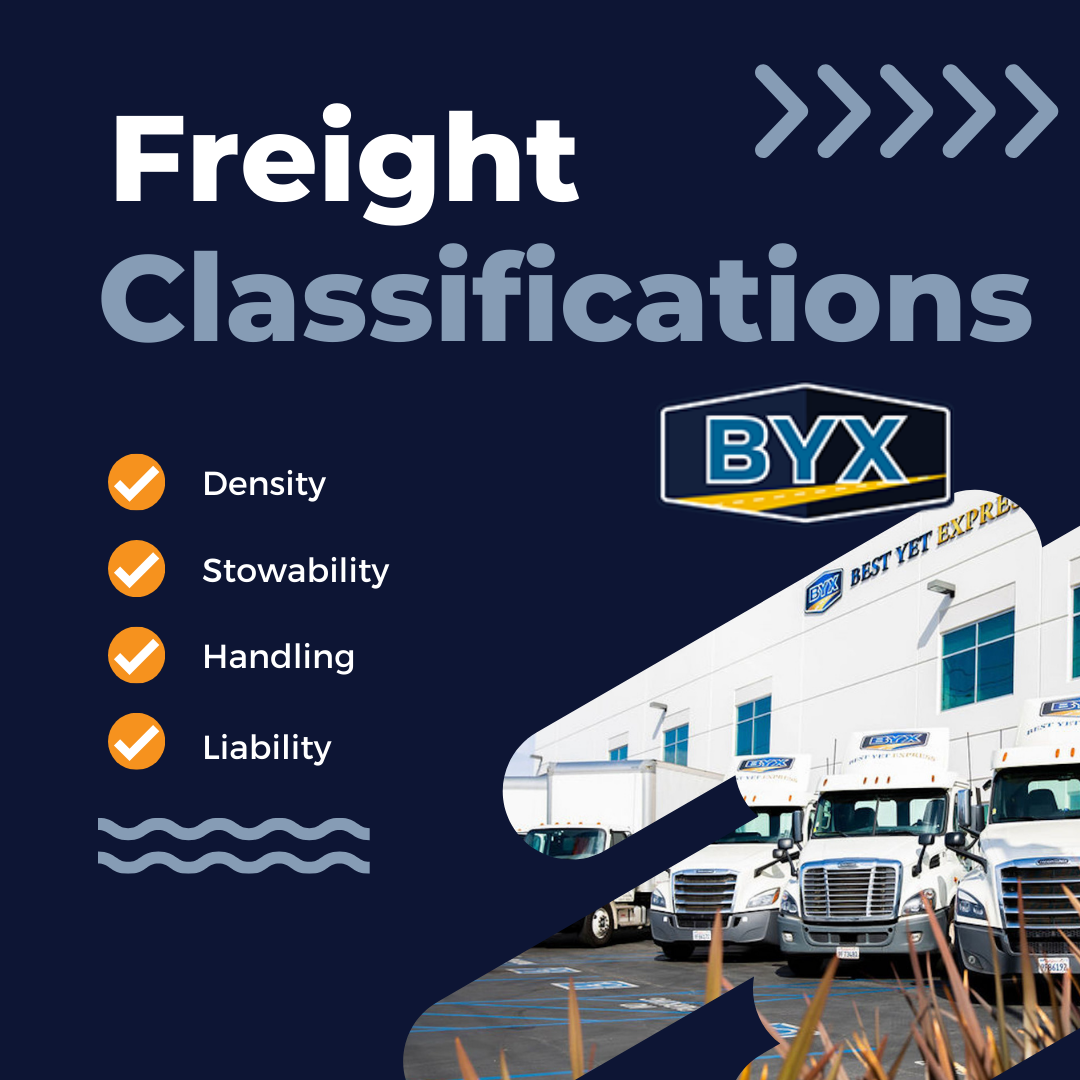In the intricate tapestry of global trade and commerce, highways serve as lifelines, ferrying goods across vast distances. However, amidst the hustle and bustle of transportation, there’s a subset of cargo that demands special attention – hazardous materials. These substances, classified by their potential to harm human health, safety, or the environment, present unique challenges for shippers, carriers, and regulators alike. Join us as we explore the most hazardous materials shipped on the highways.
Understanding Hazardous Materials:
Hazardous materials encompass a wide array of substances, each posing varying degrees of risk during transportation. These materials are categorized into nine classes based on their properties and potential hazards, as defined by the United States Department of Transportation (DOT) and other regulatory bodies worldwide. Here’s a breakdown of the classes:
-
- Class 1: Explosives
-
- Class 2: Gases
-
- Class 3: Flammable Liquids
-
- Class 4: Flammable Solids
-
- Class 5: Oxidizing Substances and Organic Peroxides
-
- Class 6: Toxic Substances and Infectious Substances
-
- Class 7: Radioactive Materials
-
- Class 8: Corrosive Substances
-
- Class 9: Miscellaneous Hazardous Materials
 The Most Hazardous Materials on Highways:
The Most Hazardous Materials on Highways:
-
- Class 1: Explosives: Substances capable of rapid combustion or detonation, such as dynamite (UN 0012) and fireworks (UN 0336).
-
- Class 3: Flammable Liquids: Highly volatile liquids like gasoline (UN 1203) and diesel fuel (UN 1202), which pose fire and explosion risks.
-
- Class 6: Toxic Substances: Hazardous chemicals that can cause injury or death upon exposure, including cyanide solutions (UN 1889) and certain pesticides (UN 2922).
-
- Class 7: Radioactive Materials: Materials emitting ionizing radiation, such as uranium hexafluoride (UN 2978) and cobalt-60 (UN 2912), which require stringent handling and containment measures.
-
- Class 8: Corrosive Substances: Highly acidic or alkaline substances like sulfuric acid (UN 1830) and sodium hydroxide (UN 1824), capable of causing severe burns and damage to materials.
Implications for Safety:
Transporting hazardous materials on highways requires strict adherence to regulations, including proper packaging, labeling, placarding, and handling procedures. Drivers and carriers must undergo specialized training to recognize and mitigate risks associated with hazardous materials, ensuring safe transportation and emergency response capabilities.
Conclusion:
As we traverse the highways of commerce, it’s essential to recognize and respect the hazards posed by certain materials. By understanding the classifications and implications of hazardous materials, we can work together to ensure the safe and secure transportation of goods, protecting both lives and the environment along the way. Let’s navigate these hazards with caution and diligence, prioritizing safety above all else on our journey.
Note: these classes or categories are different from freight classes. You have probably noticed that there is some confusion in this area. Some regulations refer to flammable liquid “classes”, while others refer to flammable liquid “categories”. They are both correct. The National Fire Protection Association (NFPA) has established flammable liquids classes and The Occupational Safety and Health Administration now refer to flammable liquids categories both based on a liquid’s closed-cup flash point and boiling point, further defined here


 The Most Hazardous Materials on
The Most Hazardous Materials on 




